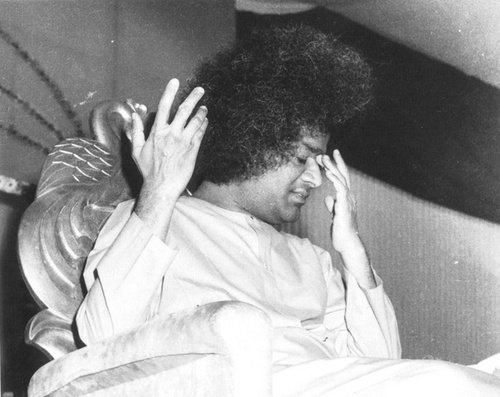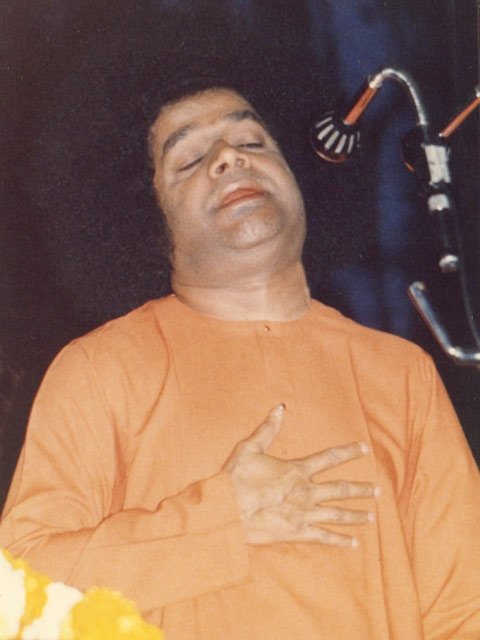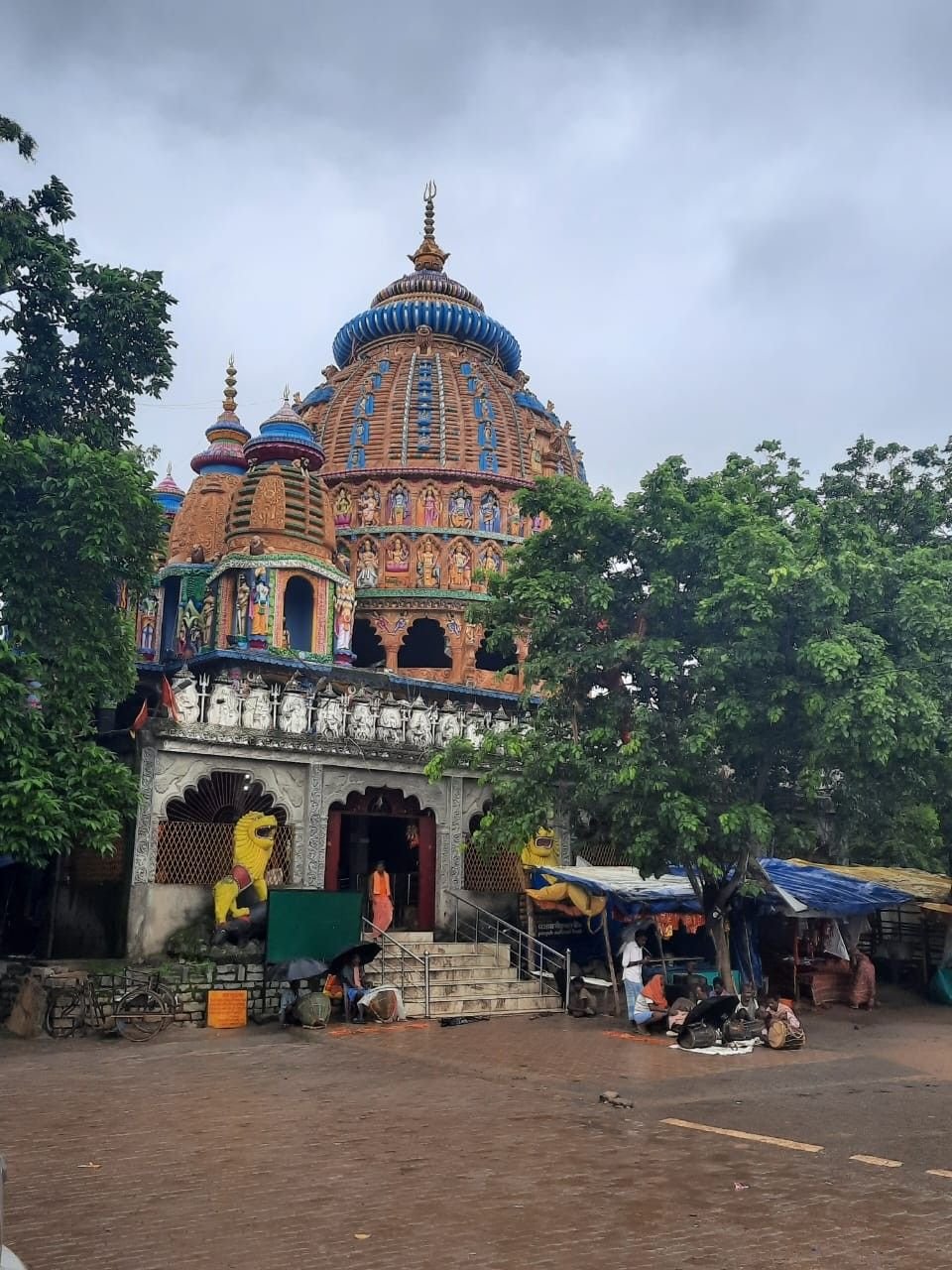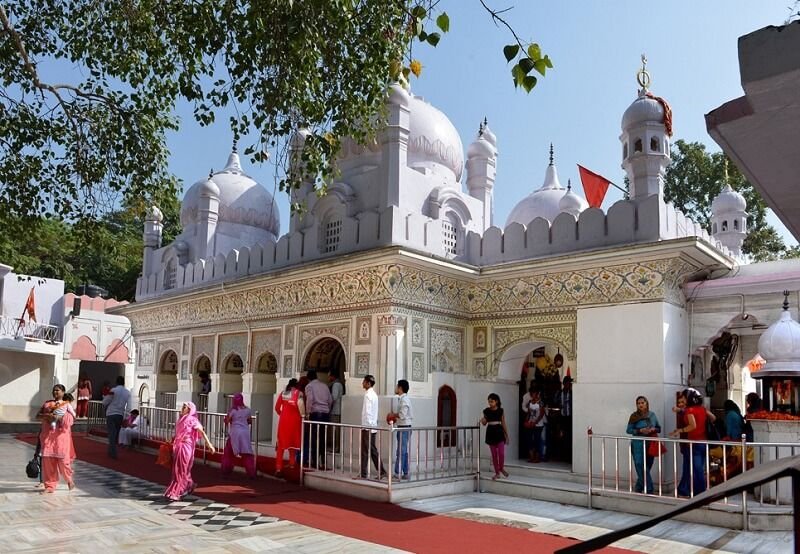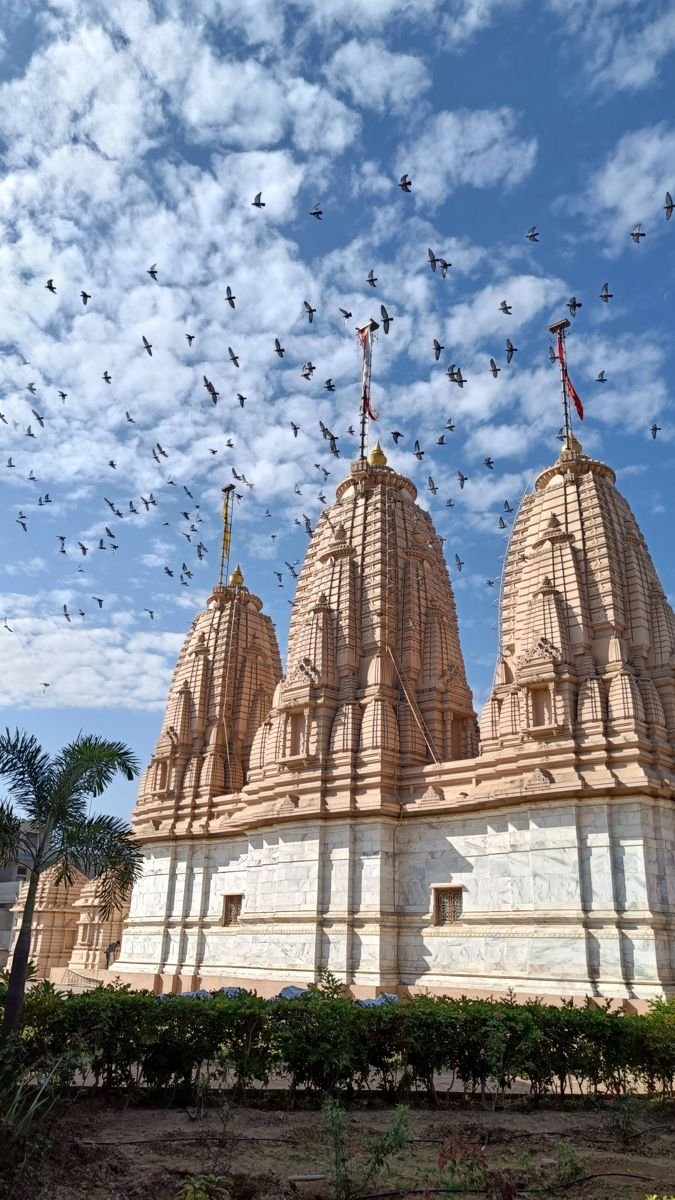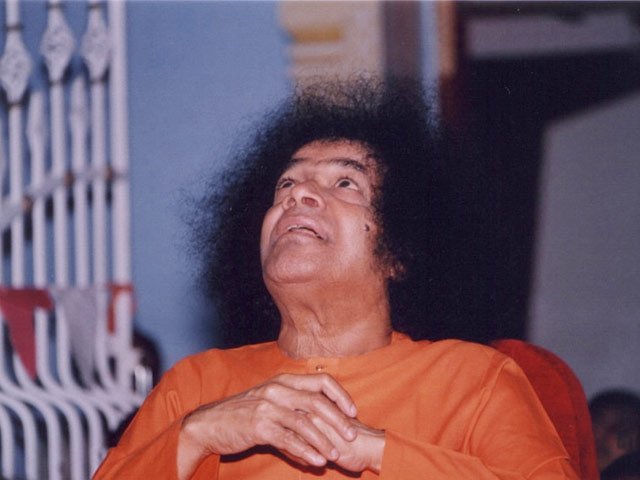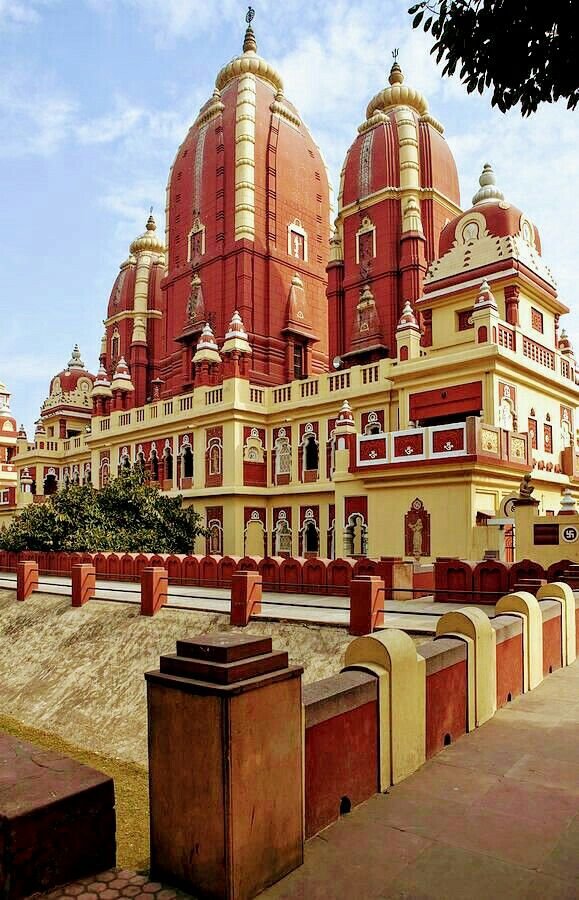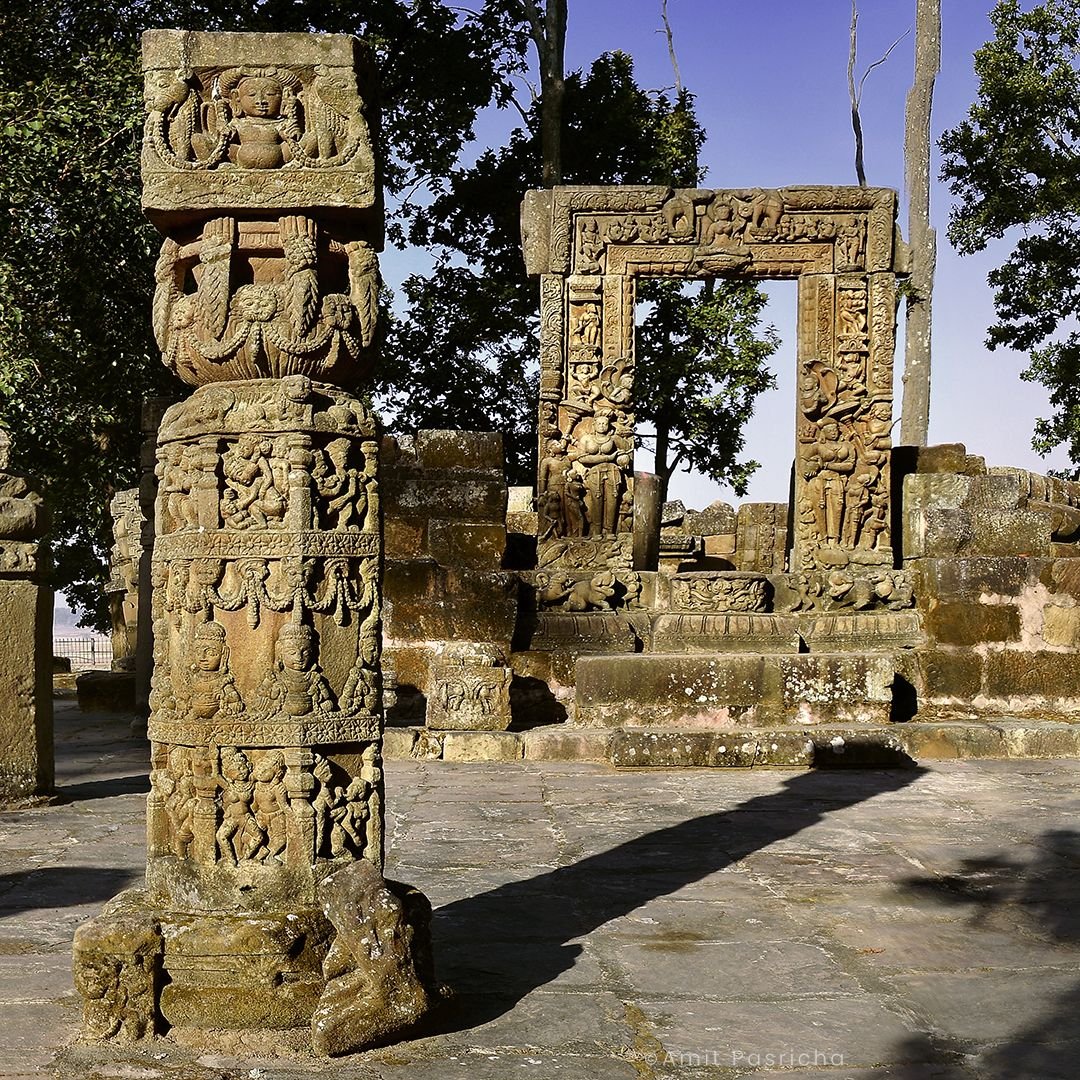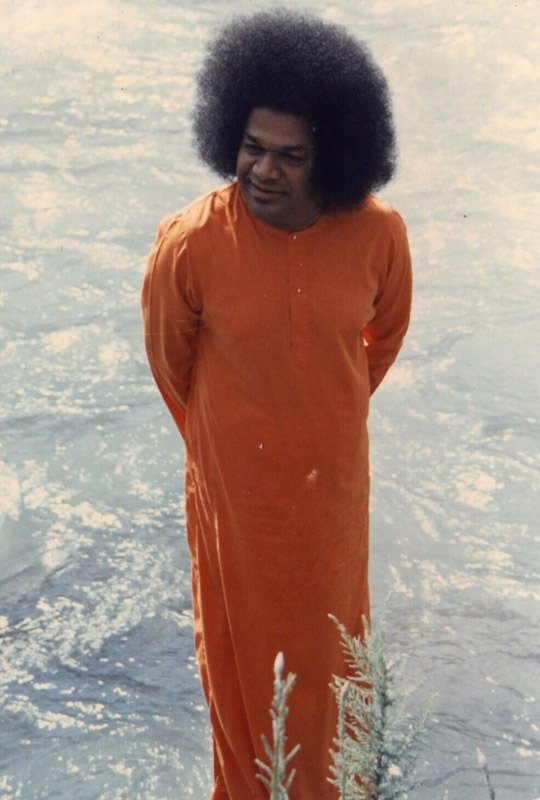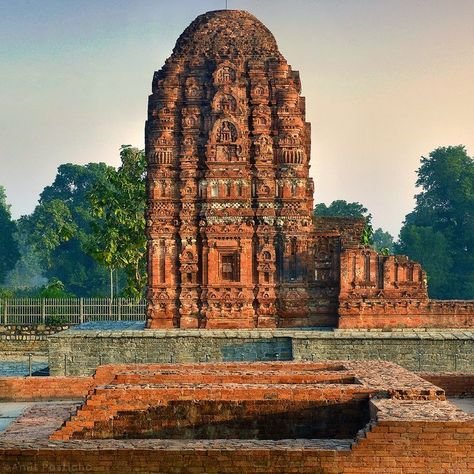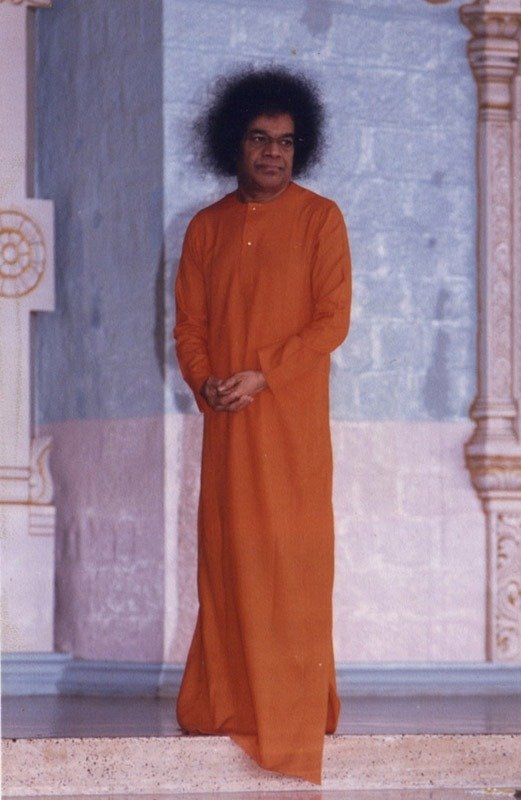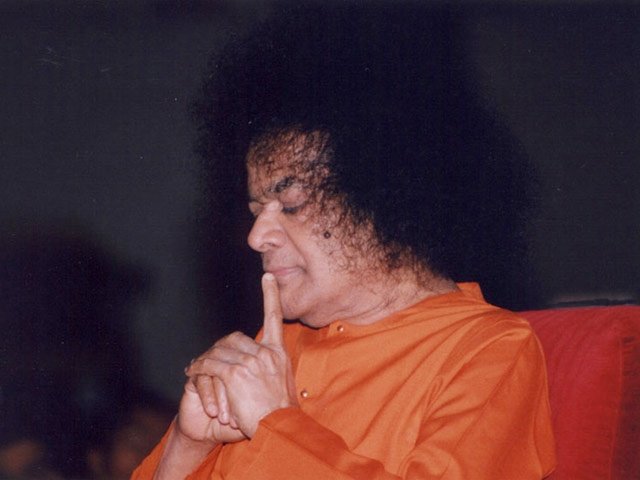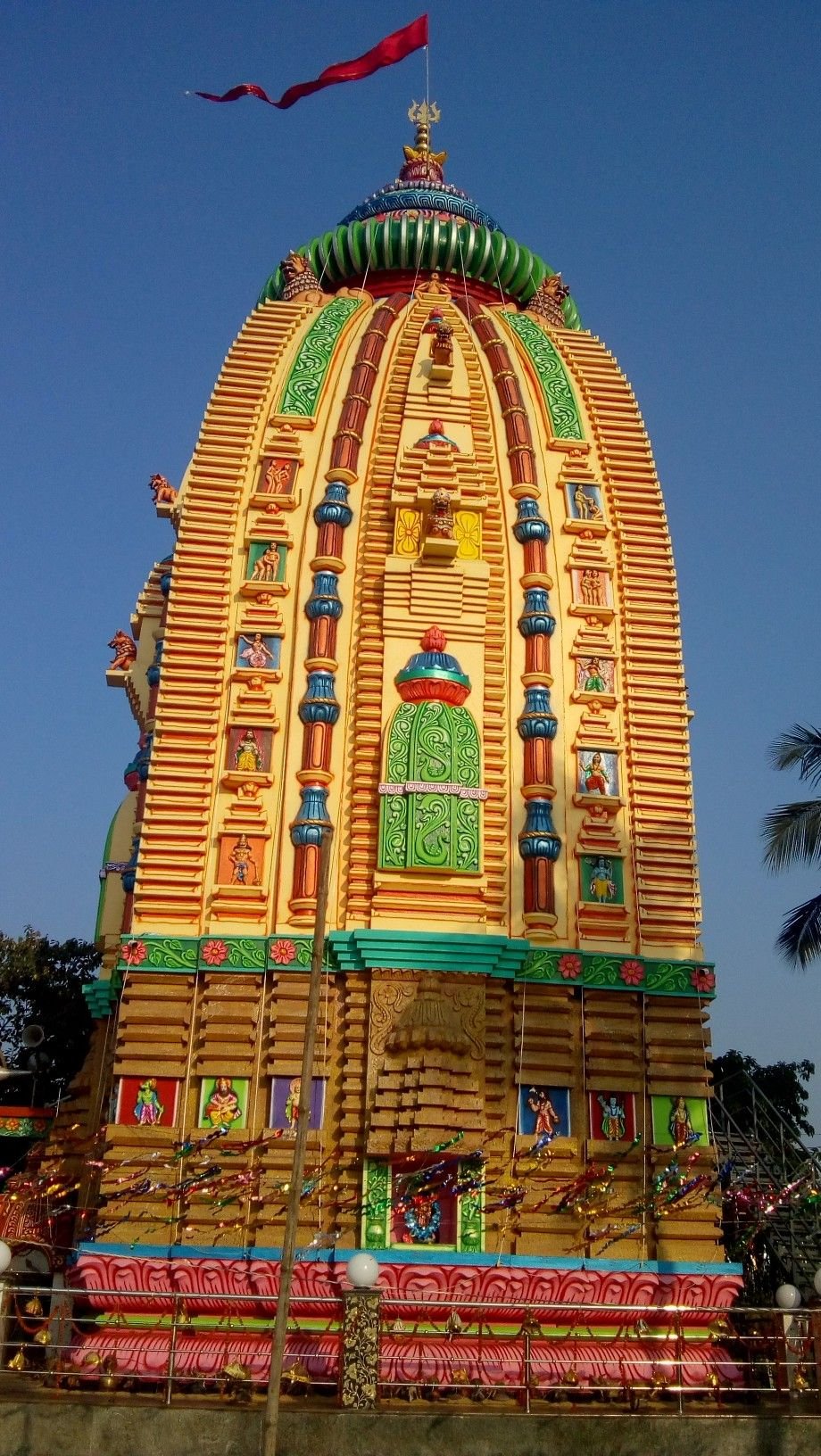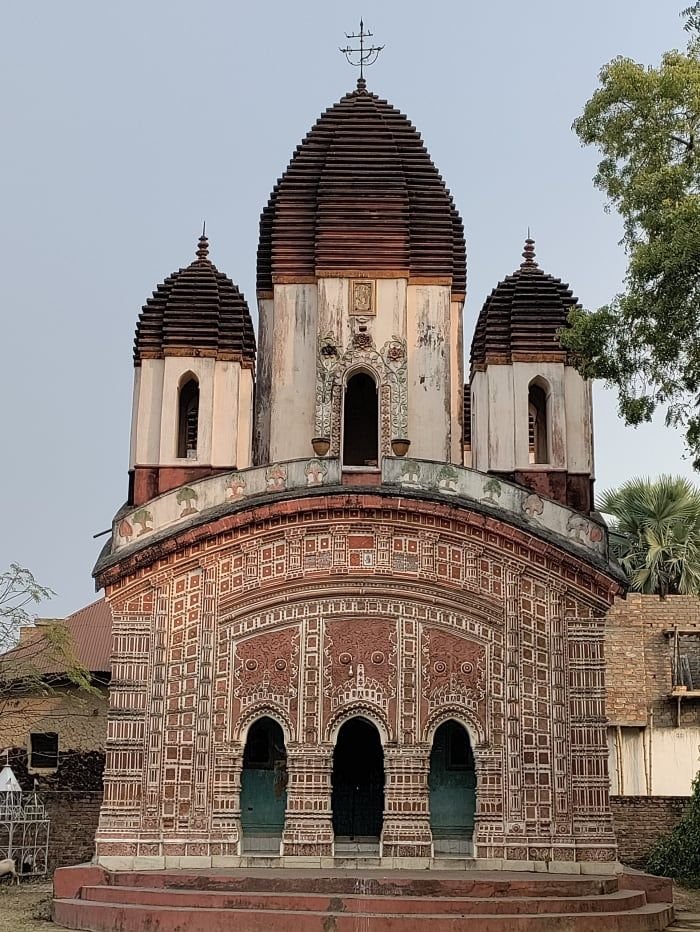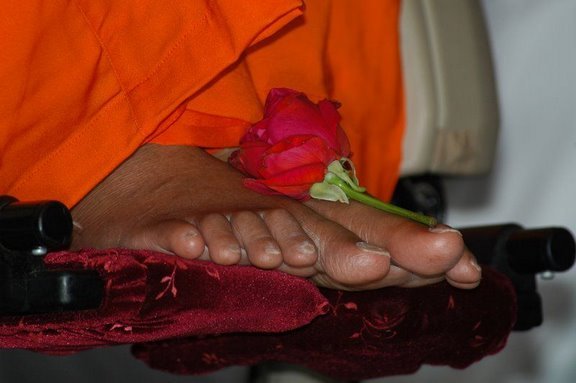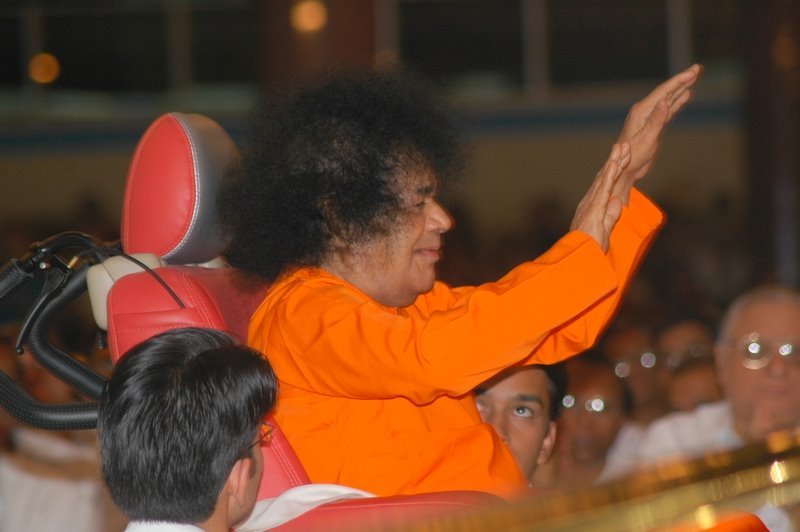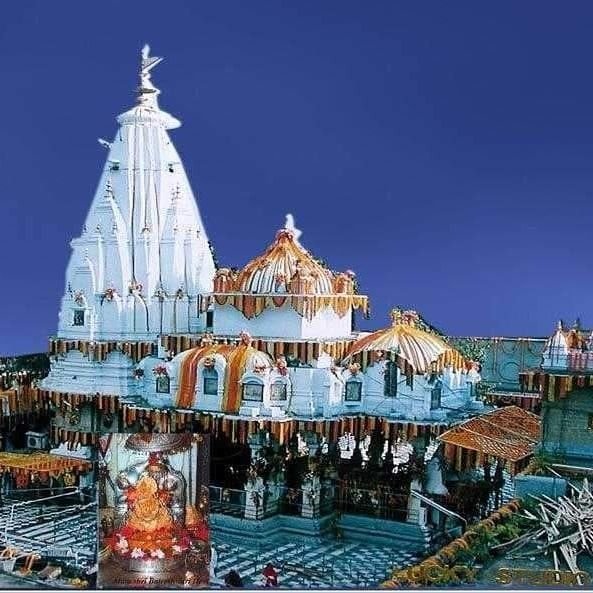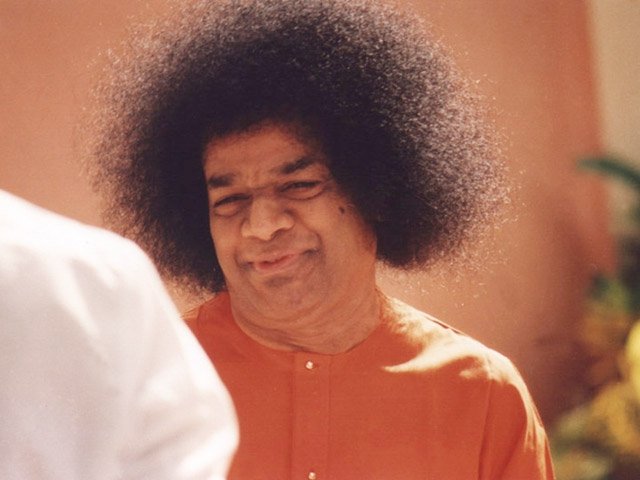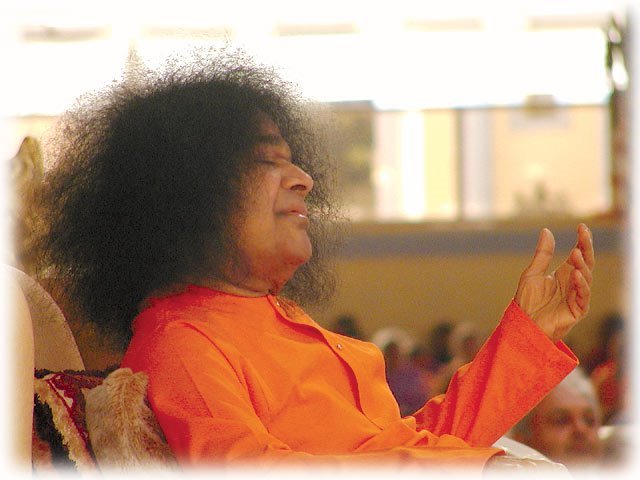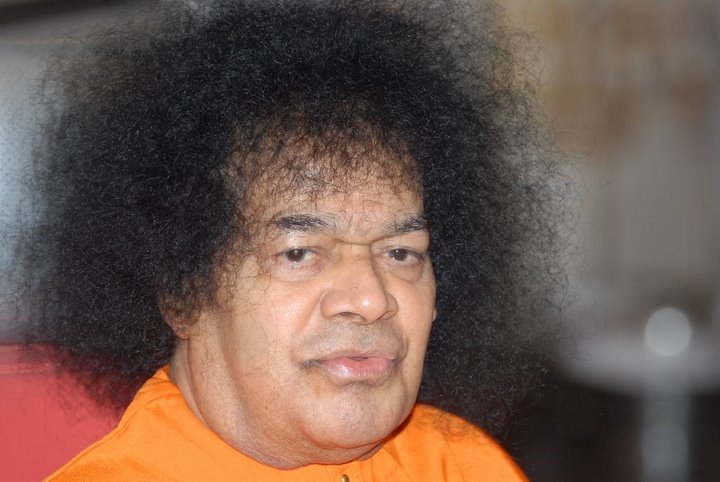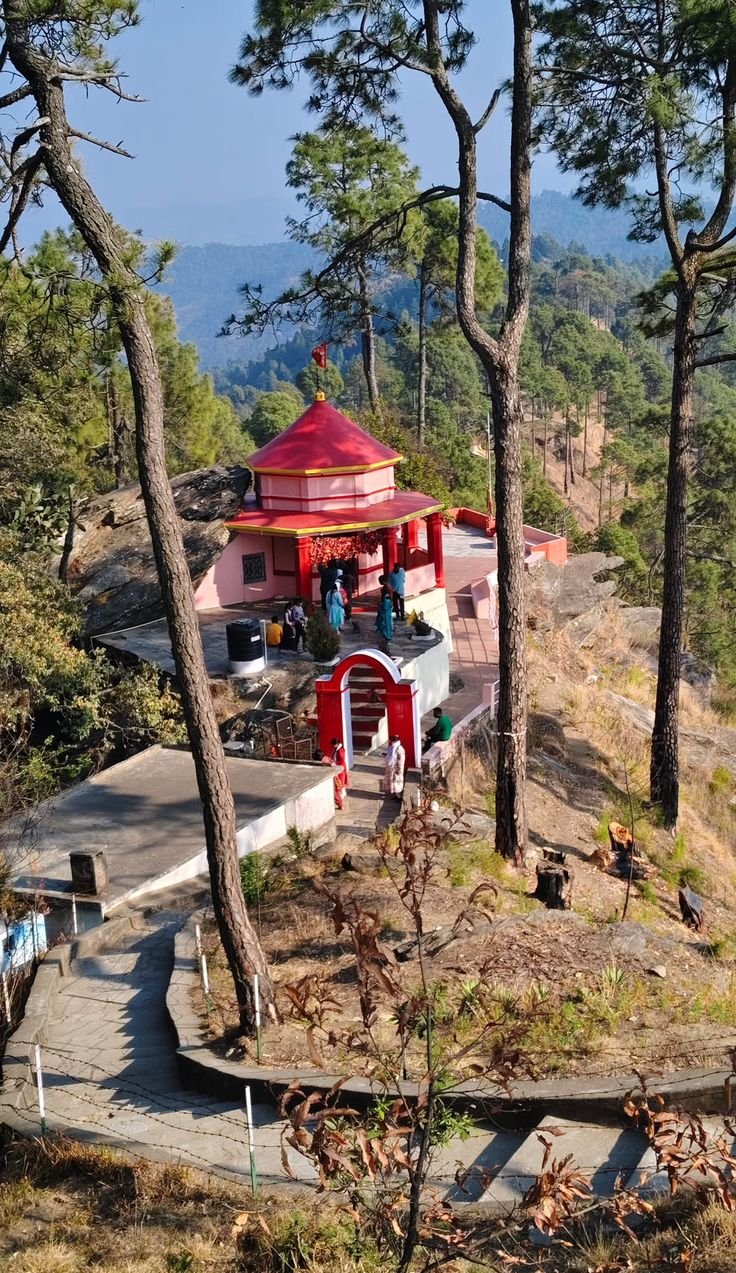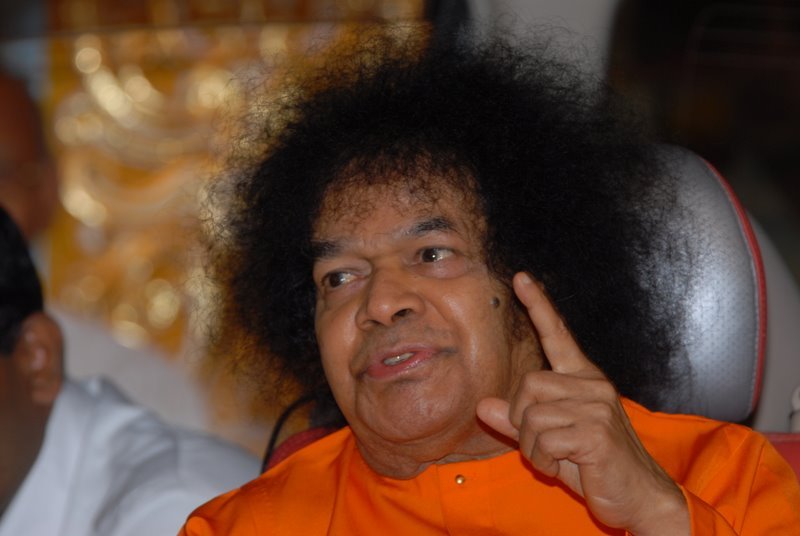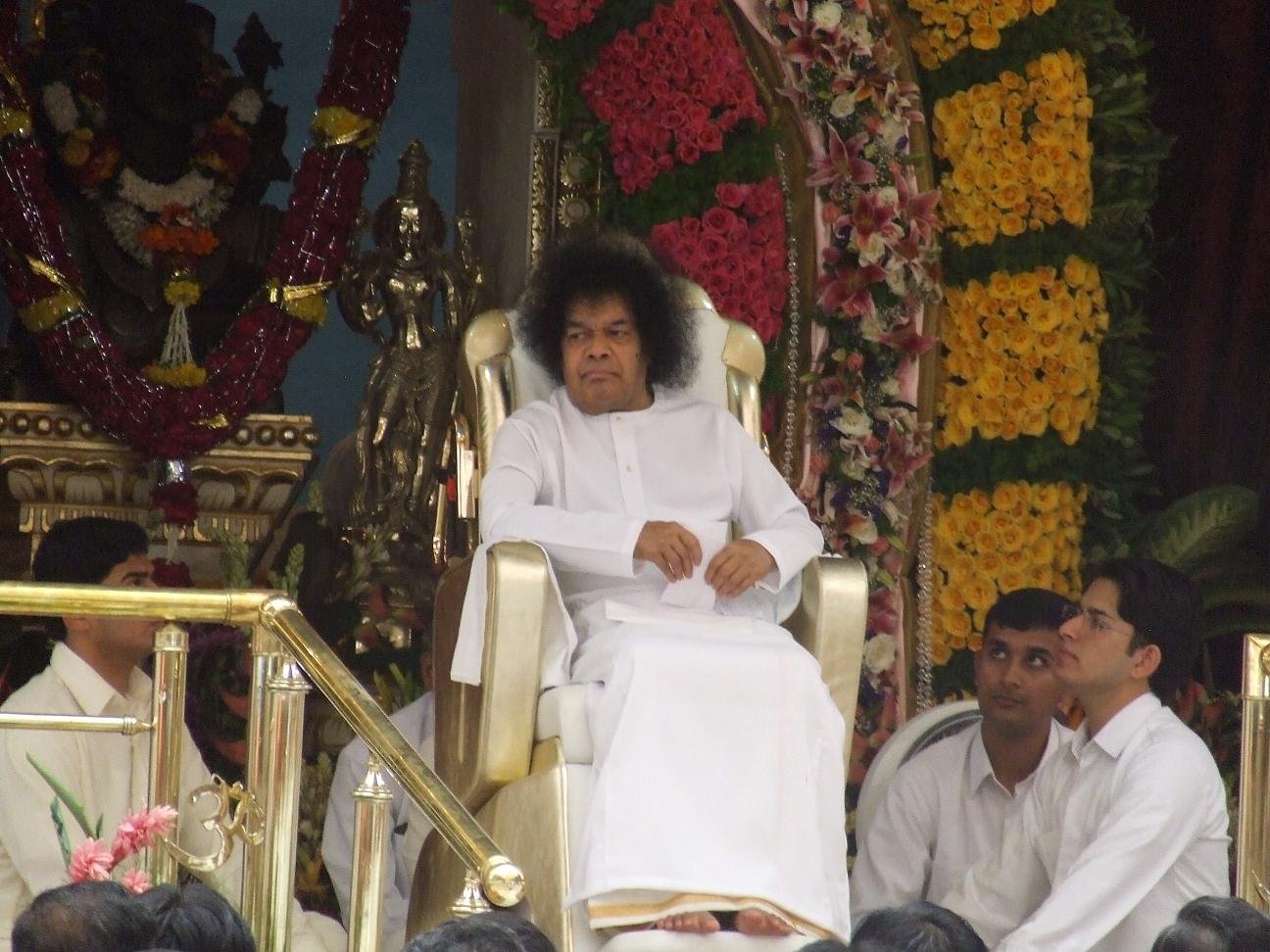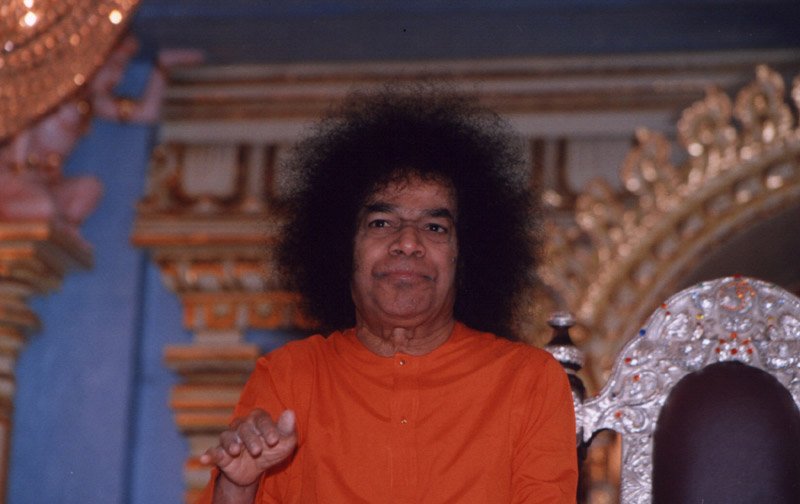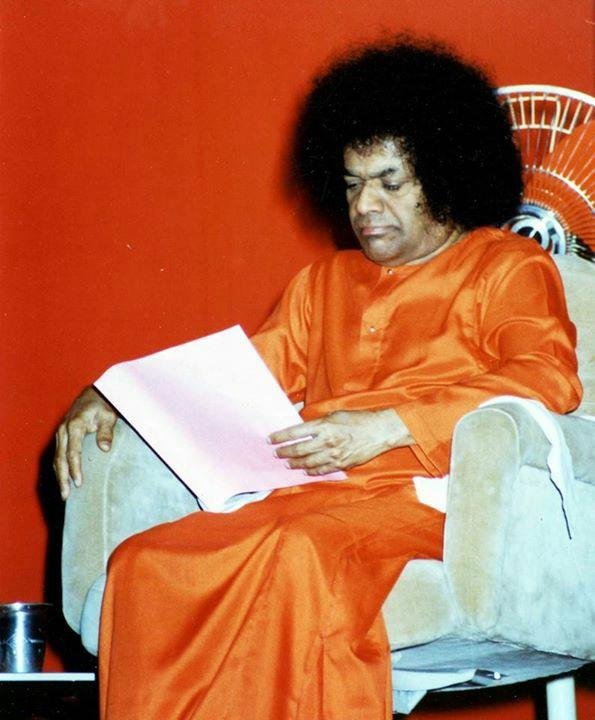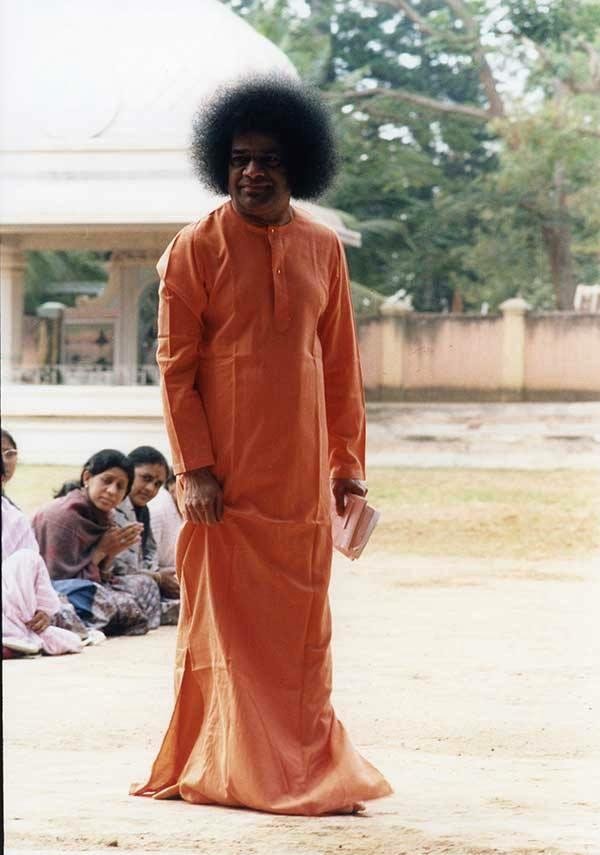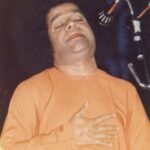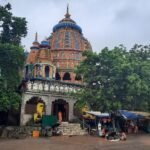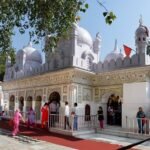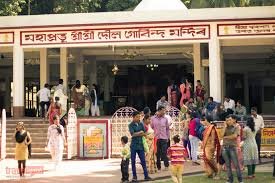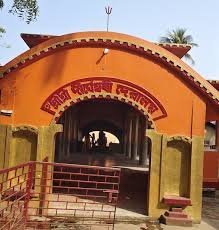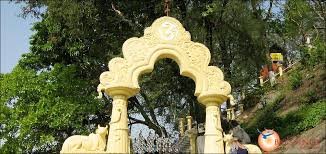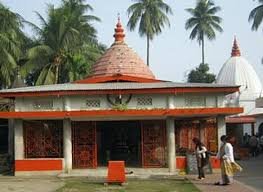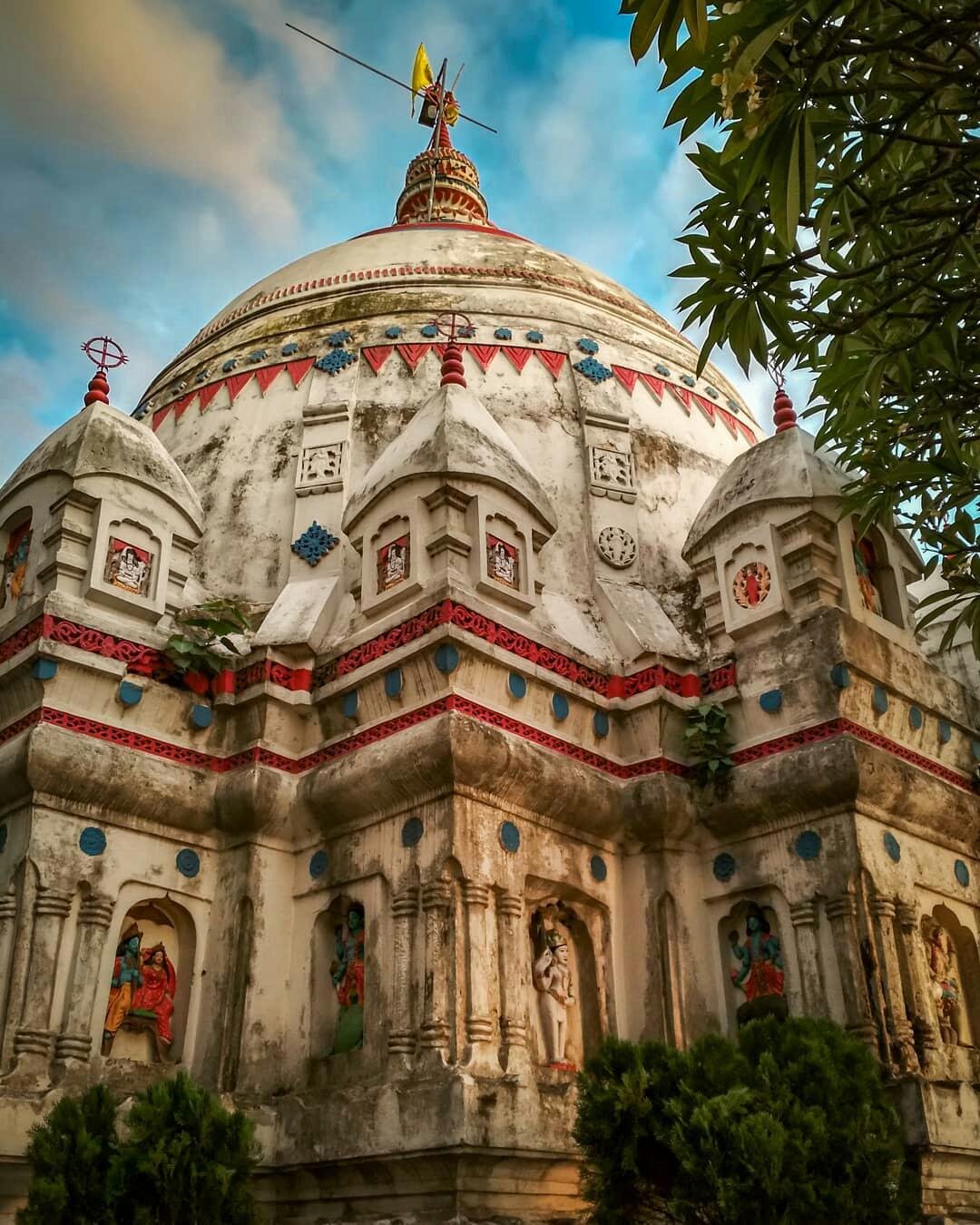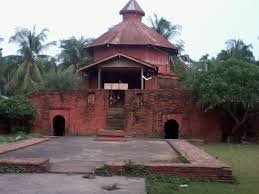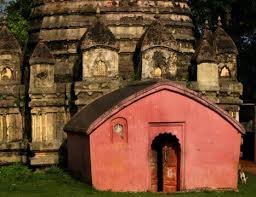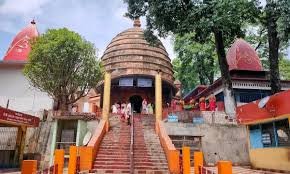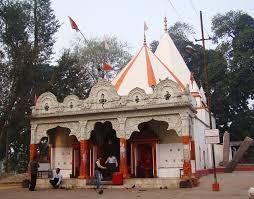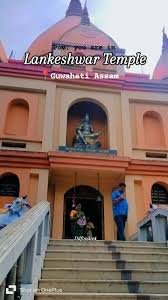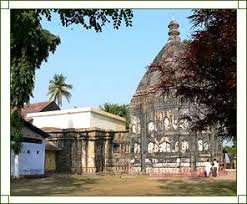Mandirs in Assam
Mandirs in Assam
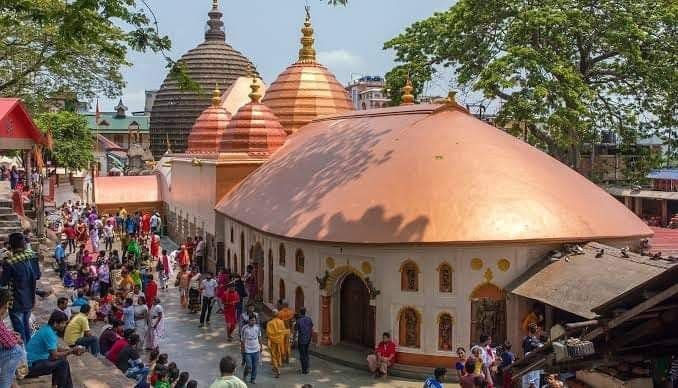
Assam, often described as the gateway to Northeast India, is a land where nature’s beauty and spirituality blend together. Famous for the mighty Brahmaputra River, tea gardens, and vibrant culture, Assam also has a glorious spiritual tradition reflected in its mandirs and temples. The state is especially known for being home to one of the most important Shakti Peeths in India – the Kamakhya Temple – but beyond that, there are numerous other temples devoted to Shiva, Vishnu, Durga, and various local deities. These temples not only serve as sacred centers of faith but also stand as symbols of Assam’s history, mythology, and architecture.
The Kamakhya Temple, located on the Nilachal Hills in Guwahati, is the most renowned mandir of Assam and one of the holiest sites for Shakti worshippers. Dedicated to Goddess Kamakhya, a form of Maa Shakti, this temple is counted among the 51 Shakti Peeths of India. According to legend, the yoni (womb) of Goddess Sati fell here, making it a powerful seat of feminine energy. The temple is unique because it does not house an idol; instead, a natural stone crevice is worshipped, symbolizing the goddess. The annual Ambubachi Mela, held here in June, attracts lakhs of devotees and ascetics from across India, celebrating the fertility of the earth and the divine feminine power.
Another important temple is the Umananda Temple, located on Peacock Island in the middle of the Brahmaputra River in Guwahati. Dedicated to Lord Shiva, it is believed that Lord Shiva himself meditated here. The temple is small but extremely beautiful, and the journey to it by boat adds to its charm. During Maha Shivaratri, the temple becomes a hub of devotion, with thousands of pilgrims visiting to seek blessings.
The Navagraha Temple, also situated in Guwahati, is a unique shrine dedicated to the nine planets (Navagrahas). This ancient temple reflects the importance of astrology and planetary worship in Hindu traditions. The temple’s domes are painted in different colors representing the nine celestial bodies, and devotees come here to perform rituals to reduce the malefic effects of planetary positions in their lives.
In the Barpeta district, the Hayagriva Madhava Temple is a highly revered shrine dedicated to Lord Vishnu in the form of Hayagriva (the horse-headed incarnation). It is not only sacred for Hindus but is also respected by Buddhists, who believe that Lord Buddha attained Nirvana at this spot. The temple is also associated with the famous Doul Utsav (Holi festival), which is celebrated with vibrant colors, devotional songs, and rituals.
The Maa Ugra Tara Temple, located in Guwahati, is another Shakti shrine where the fierce form of Goddess Tara is worshipped. This temple is considered a tantric site and attracts devotees seeking divine energy and spiritual power. Similarly, the Doul Govinda Temple, dedicated to Lord Krishna on the northern banks of the Brahmaputra, is an important Vaishnavite temple. During Janmashtami and Holi, thousands of devotees gather here to celebrate with immense joy and devotion.

